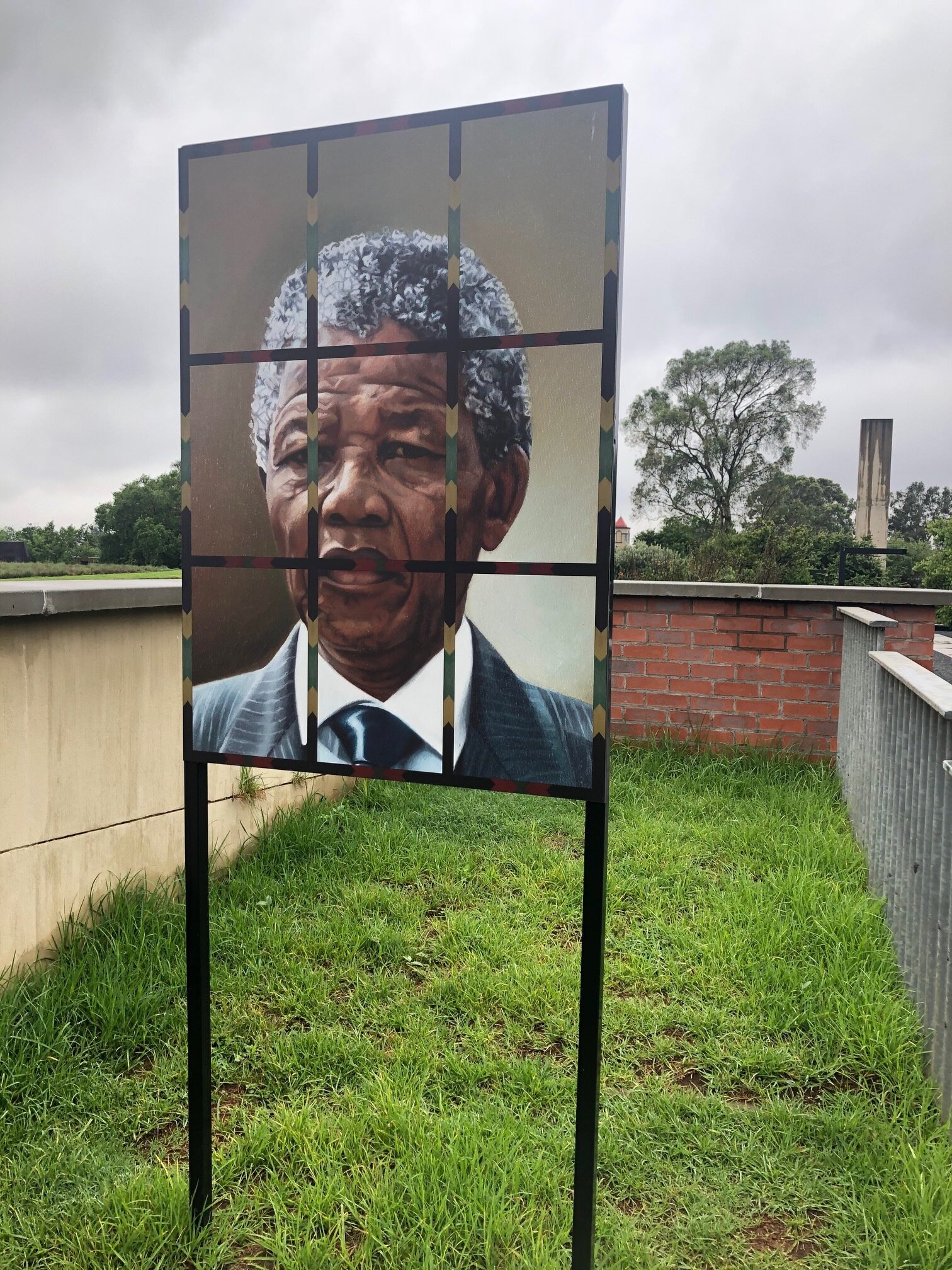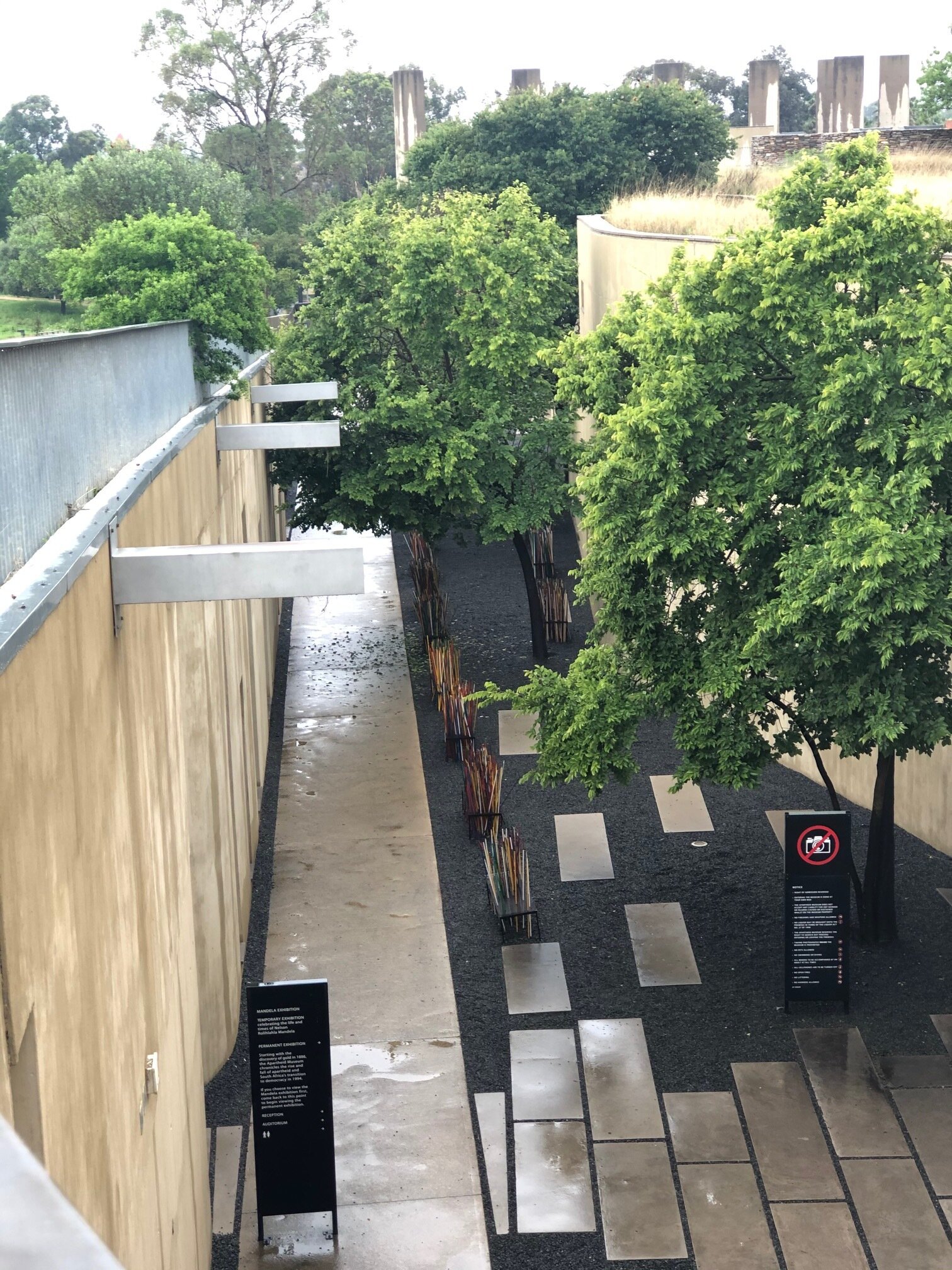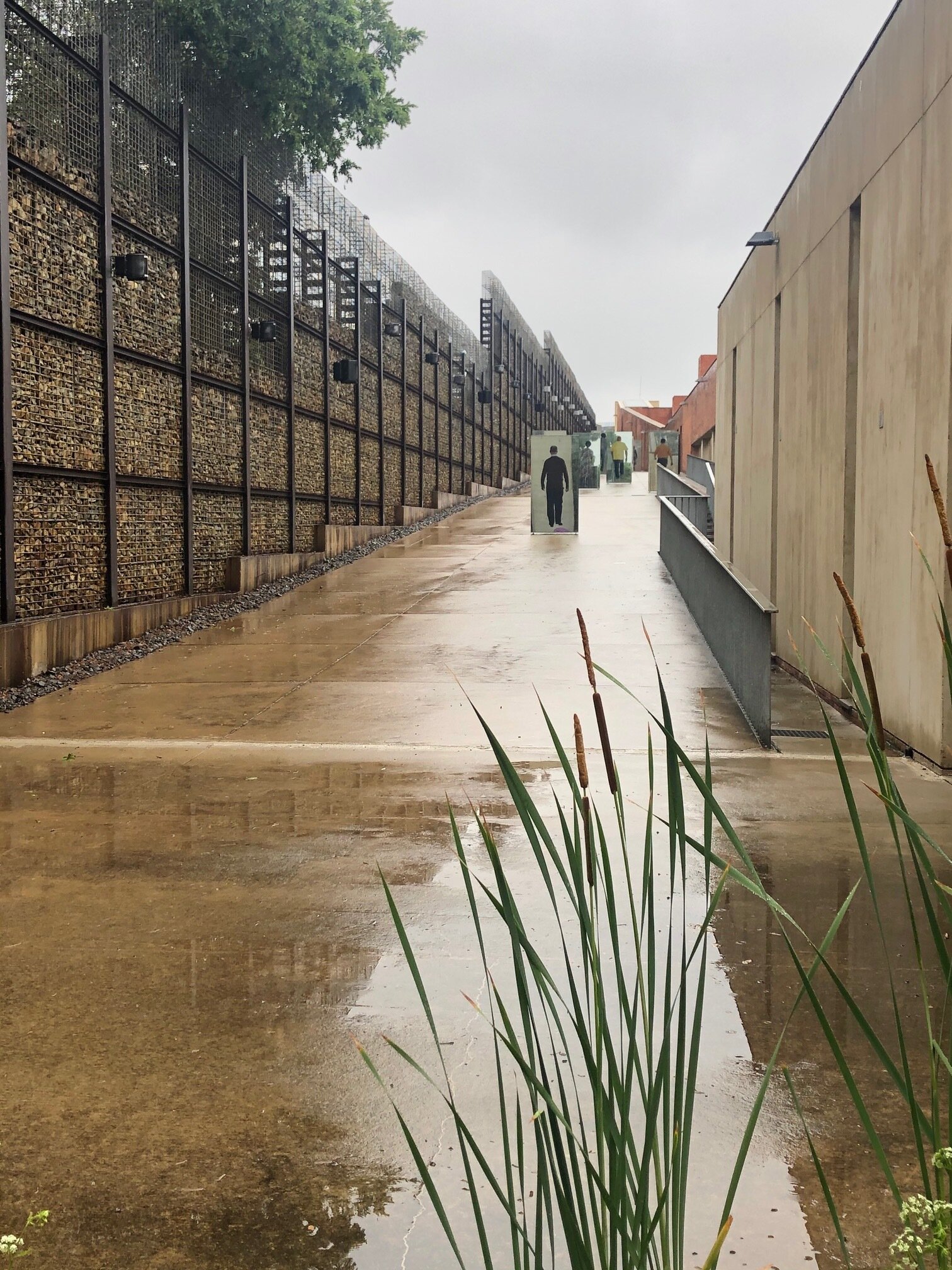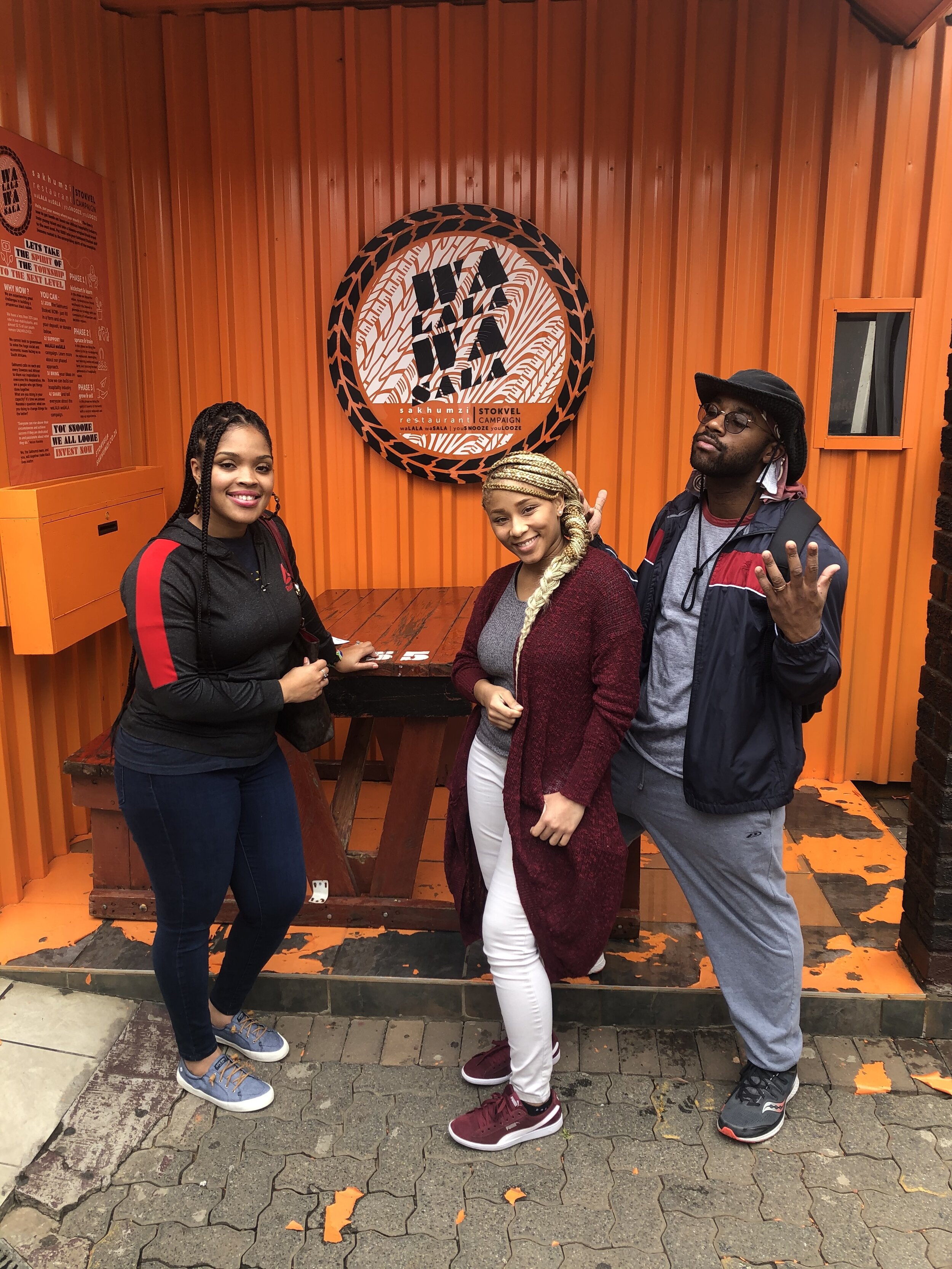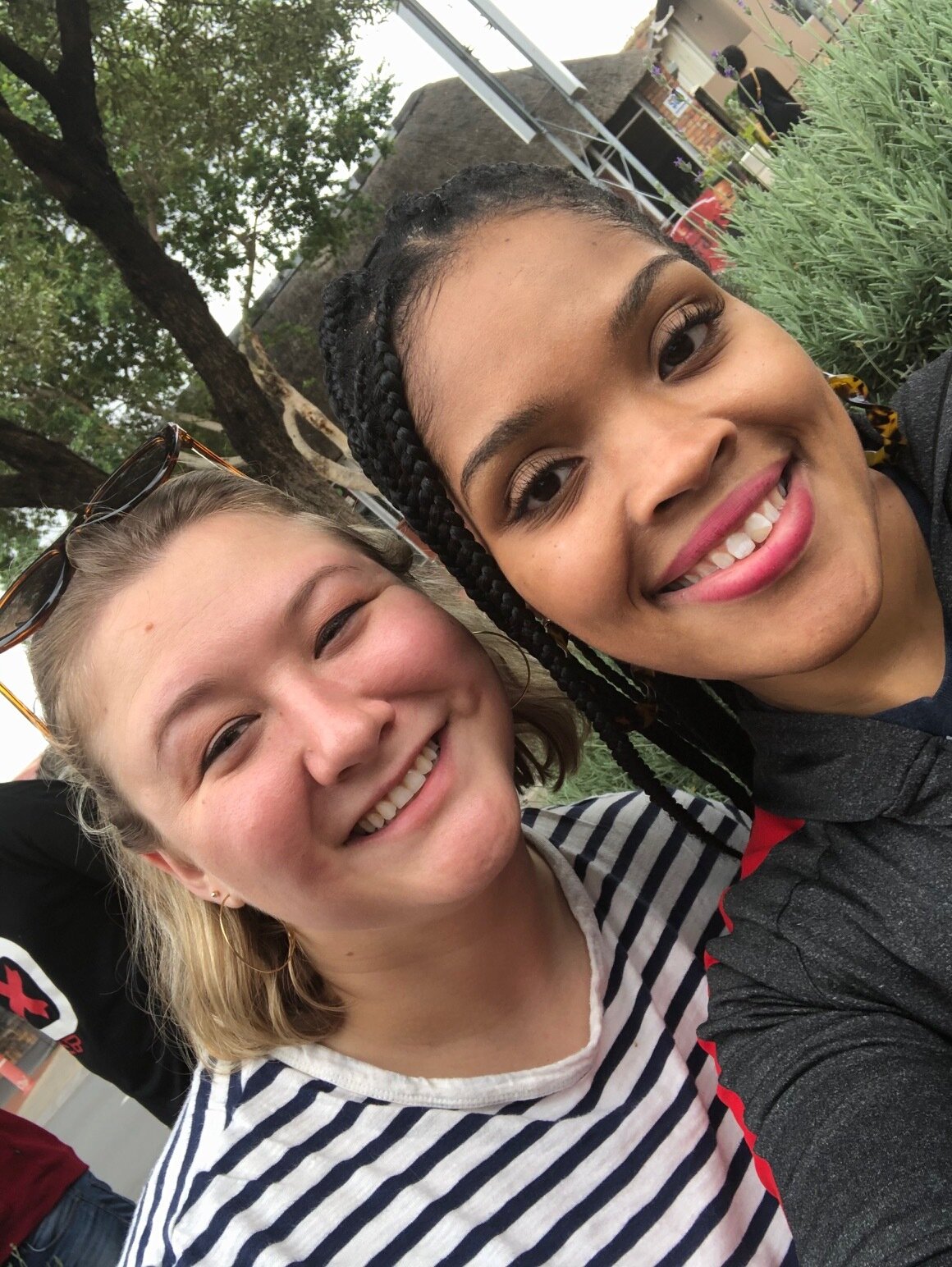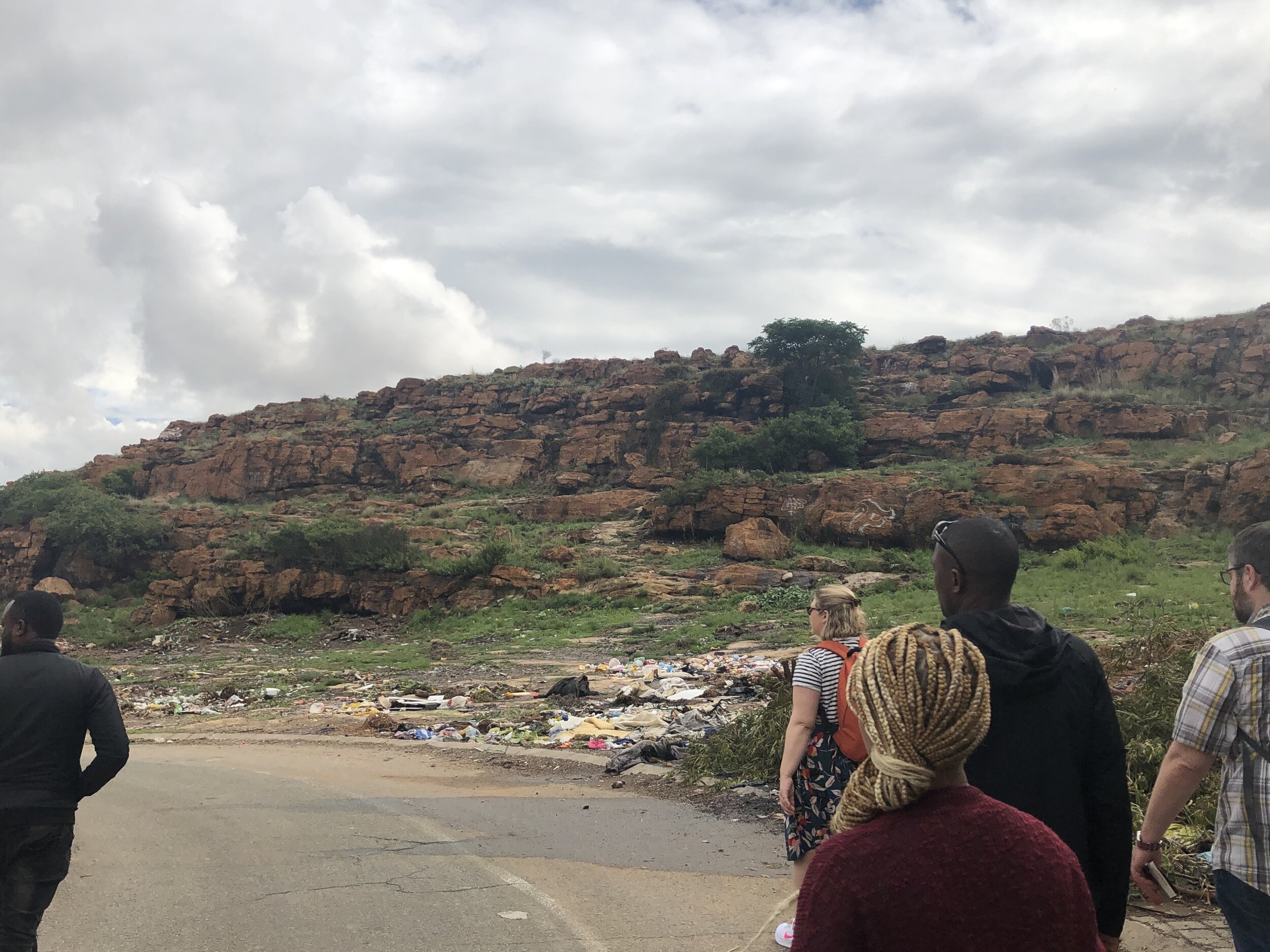Johannesburg: Getting to Know Nelson Mandela
So I turned 30 last week. Crazy.
Trust me, I’m nobody’s birthday diva. I don’t usually make a big fuss out of my birthday, but this year, I wanted to live a little. At 30, with 2 kids under age 5, finally graduating from grad school this year, and now feeling somewhat certain about my career path, oh and the whole childbirth thing in May, I’ve been looking forward to having some time to properly celebrate all the things and just simply BREATHE!
We planned a multi-city trip to South Africa: starting in Pretoria, visiting Johannesburg, and finally flying to Cape Town. In this post, I’ll share my thoughts about our visit to Johannesburg.
I’ll be honest. When planning this trip, I was mostly excited about the beautiful views, entertainment, relaxation, and of course experiencing another culture. I had been to Uganda before (hello, Africa is a continent, not a country), so I was excited to visit another part of Africa and experience the similarities and the differences. My goal is actually to add a West African country to the list. Nigeria, Ghana?
Visiting the Apartheid Museum was on the South Africa itinerary, but aside from learning about Apartheid in a Global History course in high school, I cannot say that I had a deep understanding of the history of apartheid and its lasting effects, nor a full appreciation of Nelson Mandela’s impact. Visiting other countries has a way of exposing the ethnocentrism we love to deny.
Apartheid Museum
As my best friend said in her Facebook post, visiting this museum was very sobering. Imagine showing up to the Apartheid museum with a mixed group of people: my husband and I, my cousin and his wife, and my white best friend and her boyfriend. Kind of interesting that the 6 of us would choose to take a trip to the most segregated country in the world, somewhere where our friendship is relatively strange in public. Crazy that the Apartheid era didn’t end until early 90s, when we were already kids.
Walking into the museum, there were 2 entrances. Each couple received 2 entry cards. One for “Blankes”, and one for “Nie-Blankes.”
Whoa. So, we’re just going to jump right into it, huh? This wasn’t going to be just a museum with artifacts, pictures, and a souvenir shop. We were going to experience and feel the sentiments and the hurts of all of the people we’d learn about that day.
It’s been a long time since I’ve been to a museum, and wanted to read everything on the walls.
One of the things I most appreciated about the Apartheid museum was that the information presented didn’t come across as biased. Nelson Mandela, the anti-apartheid icon, South Africa’s first Black president, and father of South Africa was painted as human – a person with triumphs, failures, qualities, and shortcomings. I felt that the information presented allowed me to draw my own conclusions, and forced me to think critically. I left with so many topics I further wanted to research when I came home: amnesty, coloureds, retributive vs restorative justice, townships, AIDS in South Africa, relationship between gold mining and Apartheid . Isn’t that what learning is - wanting to learn even more?
I mostly walked the museum alone. Wanted to read what I wanted to read, without being rushed. Sorry babe. There was much to see both outdoors and indoors. A rainy day. It honestly seemed fitting. I could’ve stayed longer. All of these photos were taken outside, because we were not supposed to take photos indoors (cough Cassia cough).

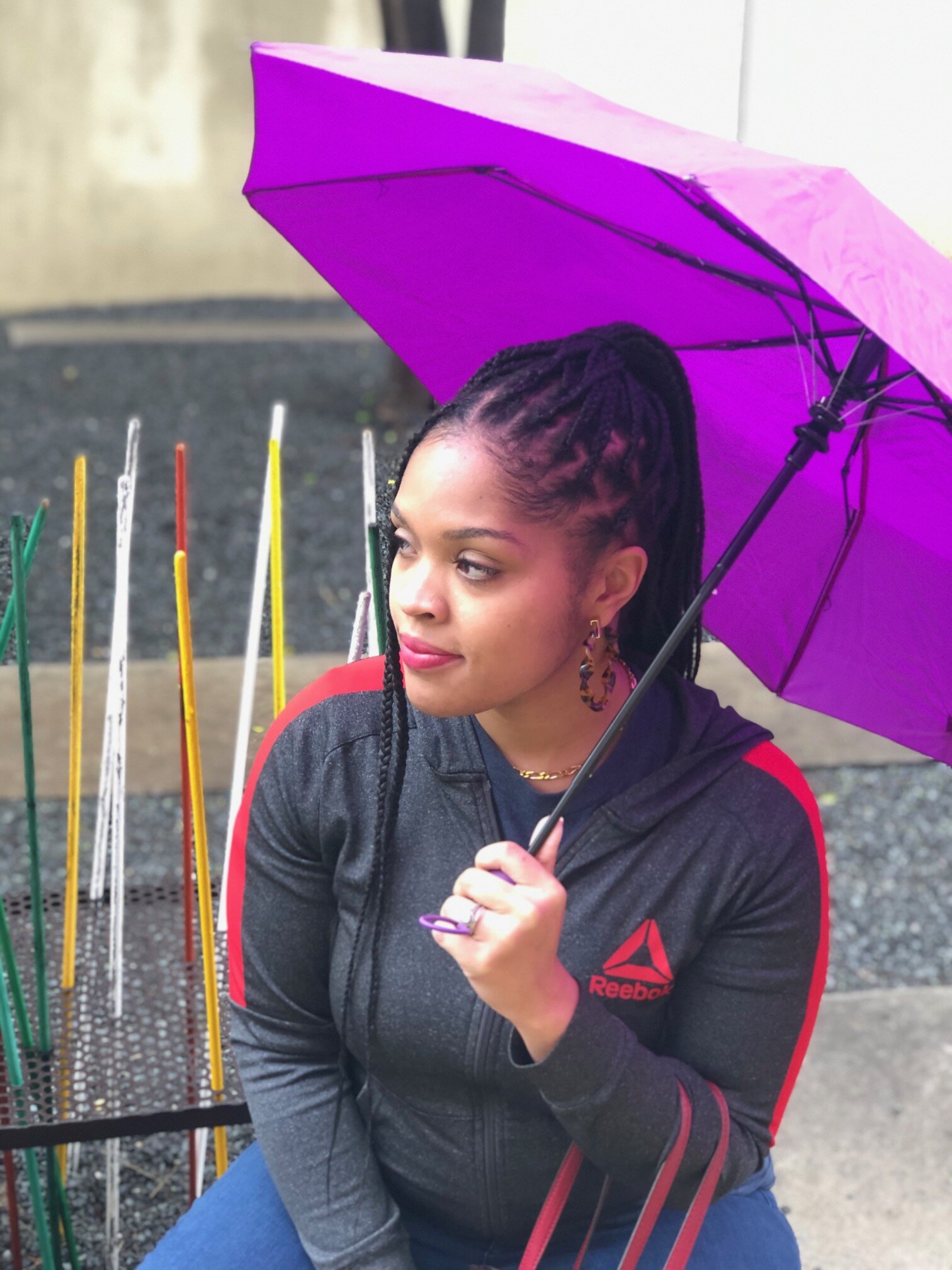
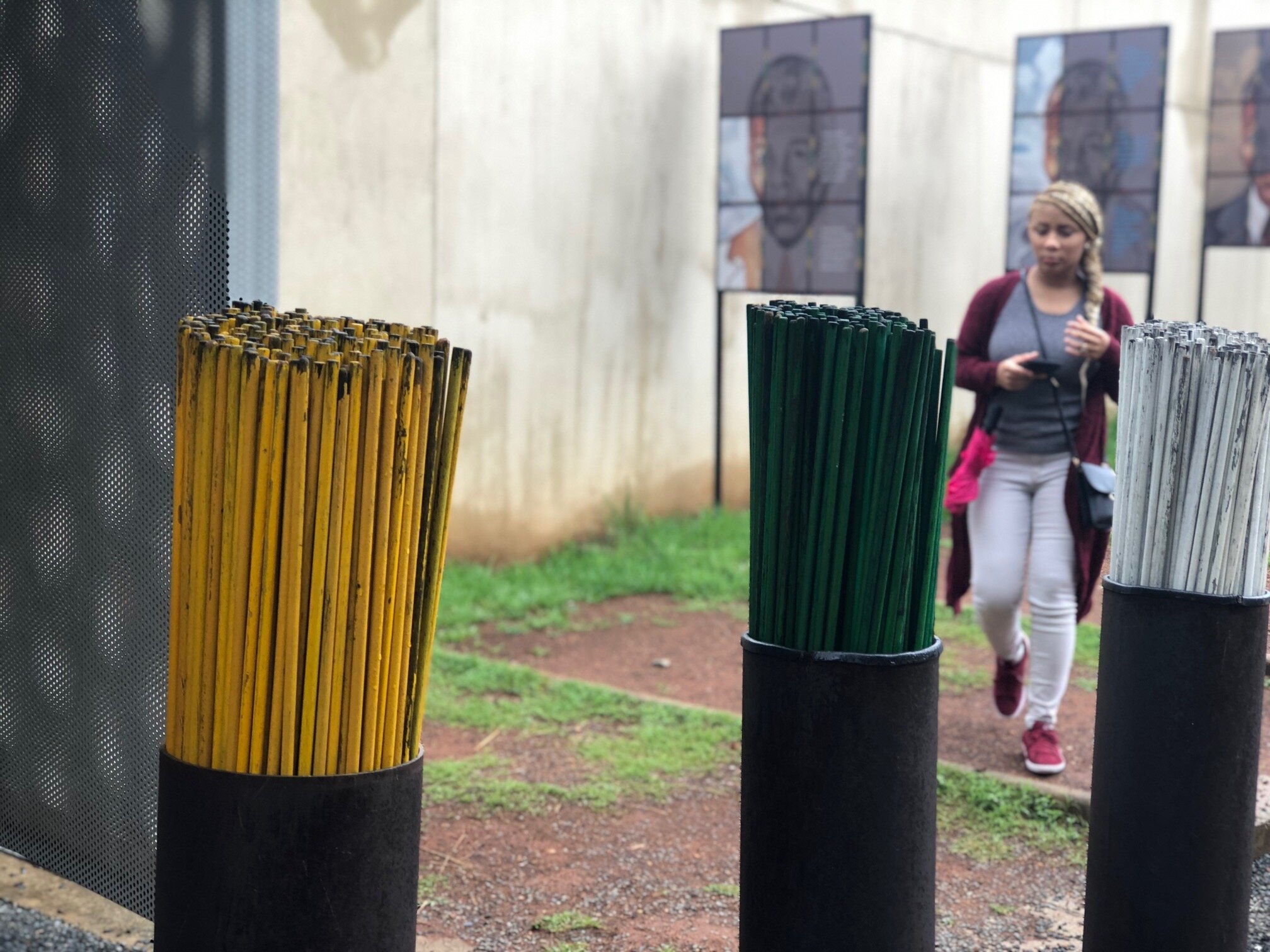

The colored sticks really resonated with me. Each stick represented a Mandela quote. Visitors are encouraged to pick a color based on their favorite quote, and stick it in one of the grids. Seeing all of the colors like that, to me, represented the beauty in differences. Altogether, beautiful. The only color missing was purple, so shout out to my umbrella.
Soweto
Townships in South Africa were segregated non-white urban areas from the Apartheid era. These areas are still predominately black, underdeveloped and on the outskirts of the city. We visited the township of Soweto, where the Nelson Mandela house is also located.
We had the lunch buffet at Sakhumzi restaurant, our first taste of South African cuisine on the trip. I loved the pap with the stews. The pap reminded me of the ugali my husband cooks at home. Seems it is an African dish that has many different names.
I enjoyed walking around the township, and getting a glimpse of what actual life is like for blacks in Johannesburg. It’s incredibly easy to visit a country and completely overlook the poorer areas.
We walked towards beautiful hills, and were excited to see them up close. Upon approach, we realized that the grass was full of trash. “Beauty” would’ve been cropping the trash out, “reality” is showing the full view.
Mandela House
We were given a guided tour by a local student. A small house yes, but a house yet and still.
Here we learned more about his family, and a great deal about his wife Winnie, a force in her own right.
What stood out to me was a photo of Mandela at age 44 on his porch with his dog the same year he was arrested and imprisoned, juxtaposed next to the photo of him after serving 27 years in prison, at age 71. Life is precious, and aging is unavoidable. What will you do with the next 27 years of your life? Don’t waste it.
I learned a lot in Joburg.





